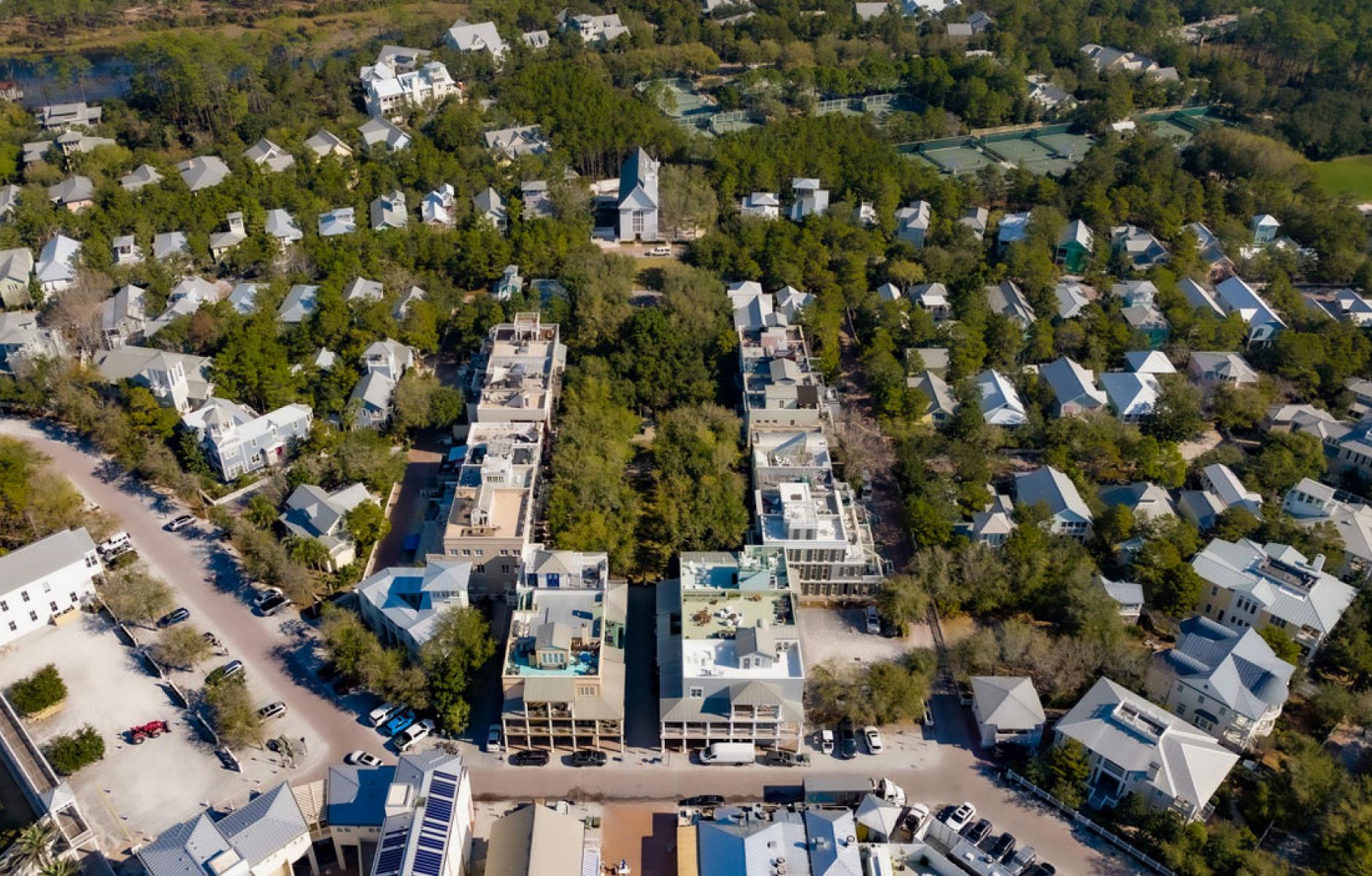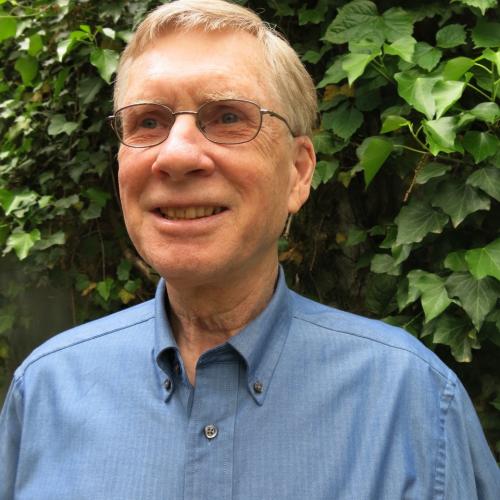
How urbanism, density, and spatial enclosure are related
Dhiru Thadani and Matt Bell, along with the CNU-DC Chapter board, orchestrated the recent Council on “Density Without Urbanism/Urbanism Without Density.” They see the event as the beginning of a series of CNU discussions on density and urbanism. “We wanted to understand what others were thinking about the relationship,” they said.
Of the 71 people who registered for the three-day event, 29 were under age 35, a better participation rate than the organizers hoped for. Engaging the next generation was one of the goals of the March 31-April 2 event.
Thadani did not press the participants to distill their thoughts and proposals into a comprehensive package of resolutions. That may well come as ideas continue to percolate. “We are hoping to continue the discussion during CNU 31 in Charlotte, North Carolina, May 30-June 3,” Thadani said.
In the meantime, Thadani offers a few observations:
- To foster urbanism, spatial enclosure of the public realm is essential—whether it’s a street or some other form of public space.
- Buildings must align on a street or square and be brought close enough to one another to define the space.
- The ratio of street width to building height would preferably be not less than 1:1. For streets wider than 60 feet, the building height should be even greater.
- The width of a public space cannot be more than one-third the height of the buildings on its perimeter. If it exceeds that ratio, the sense of enclosure is lost. This ratio can be seen at Ruskin Place in Seaside, Florida. Trees can help mediate if the width exceeds the 1:3 ratio.
- Urbanism requires multi-functional neighborhoods. All the uses that support daily life must be within a walking radius: shelter, food, job, schools, recreation (parks), and support services.
- Communities can increase density by permitting auxiliary development units (ADUs) without altering the character of the streets. This is illustrated in Washington, where ADUs are permitted by right throughout the city. The work of Donald Powers’ Providence, Rhode Island-based Union Studio Architecture & Community Design demonstrates that deep lots have the potential to be converted into cottage courts, made up of little dwellings clustered around shared, well-landscaped spaces that can vary in size.

Access videos of presentations at the Density Without Urbanism/Urbanism Without Density council here.




